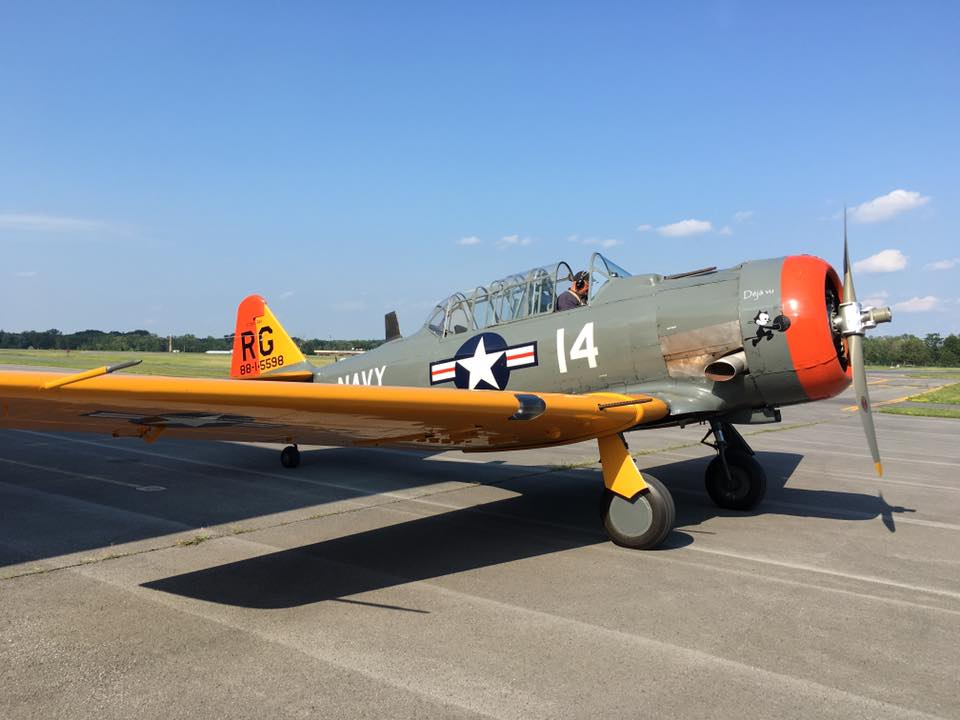The North American T-6 Texan played a pivotal role in training pilots during and after World War II. First introduced in 1937, the T-6 Texan was used extensively by the United States Army Air Forces (USAAF) and United States Navy (USN) as an advanced trainer for fighter and bomber pilots. Its rugged design, powered by a Pratt & Whitney radial engine delivering 600 horsepower, allowed for a maximum speed of 335 km/h and a range of 1,120 kilometers. The T-6 featured a tandem seating configuration with an enclosed cockpit, providing excellent visibility and comfort for both the instructor and student pilot. Armed with .30 caliber machine guns and capable of carrying bombs or rockets, the T-6 Texan prepared pilots for combat with its responsive handling and versatility. Beyond its training role, the T-6 Texan continued to serve in various air forces around the world, showcasing its enduring legacy and significance in aviation history as a reliable and effective trainer aircraft.
General characteristics
- Manufacturer: North American Aviation
- Length: 8.84 m (29 ft)
- Wingspan: 12.81 m (42 ft)
- Height: 3.58 m (11.75 ft)
- Empty Weight: 2,359 kg (5,200 lbs)
- Maximum Takeoff Weight: 2,948 kg (6,500 lbs)
- Powerplant: Pratt & Whitney R-1340-AN-1 radial engine, 600 hp
Performance
- Maximum Speed: 335 km/h (181 kts)
- Range: 1,120 km (605 nmi)
- Service Ceiling: 20,000 ft
Armament
- Guns: Typically equipped with .30 caliber machine guns
- External Load: Could carry bombs or rockets on underwing hardpoints


